Growing New Spruce Trees – Learn How To Propagate A Spruce Tree
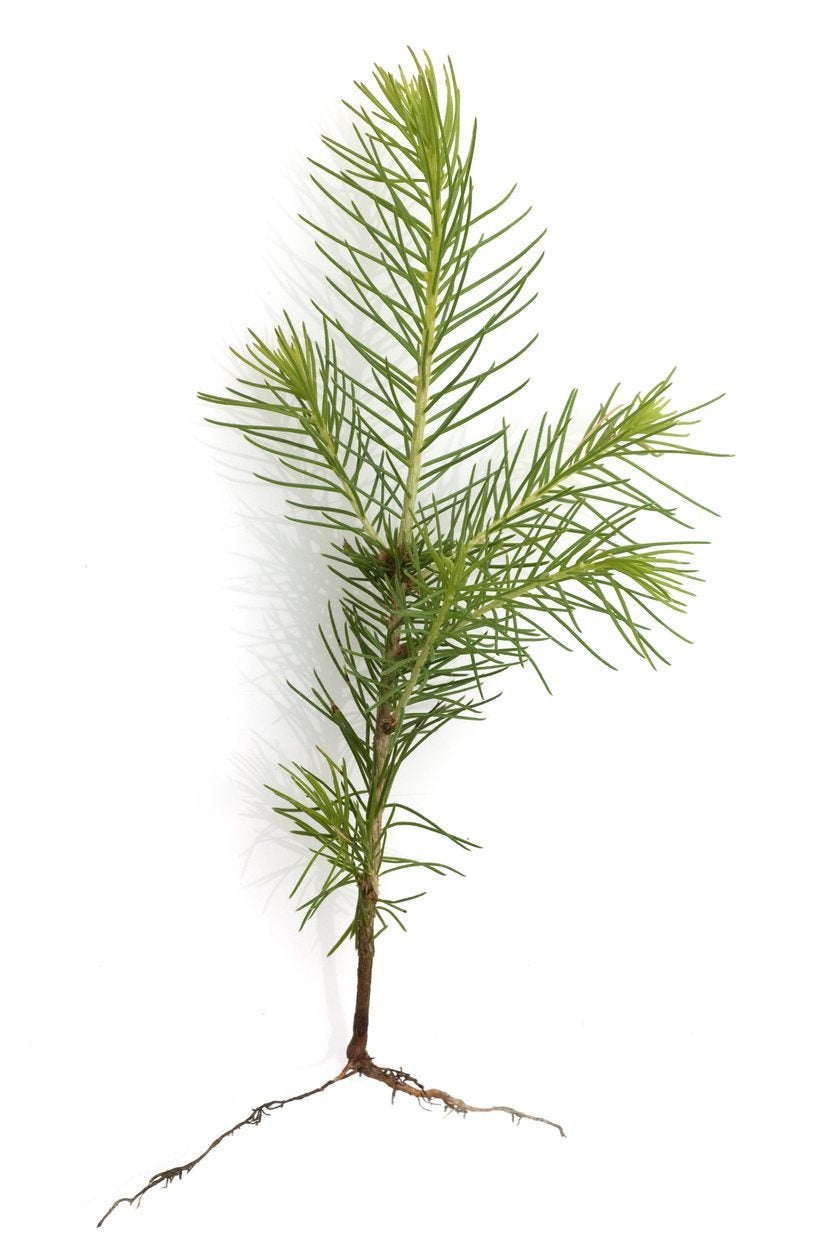

The birds do it, the bees do it, and spruce trees do it too. Spruce tree propagation refers to the different ways that spruce trees reproduce. How to propagate a spruce tree? The methods include growing spruce tree seeds and cuttings. If you are interested in learning about propagation methods for spruce trees, and how to start growing new spruce trees, read on.
Propagation Methods for Spruce Trees
In the wild, spruce tree propagation involves spruce seeds falling from the parent tree and beginning to grow in the soil. If you want to start growing new spruce trees, planting seeds is a common method of propagation. Other propagation methods for spruce include rooting cuttings. Propagating spruce tree seeds and cuttings both produce viable plants.
How to Propagate a Spruce Tree with Seeds
How to propagate a spruce tree from seeds? The first thing you need to do is to buy the seeds or harvest them at the appropriate time. Harvesting seeds takes more time but less money than purchasing spruce seeds. Collect seeds in midfall from a tree in your own yard or in a neighboring location with permission. Spruce seeds grow in cones, and it is these you want to collect. Pick them while they are young and before they are ripe. You’ll need to extract the seeds from the cones. Let the cones dry out until they open and spill out the seeds. Count on this taking about two weeks. You may, but do not need to, treat the seeds in some way to help them to germinate, like scarification. Plant the trees outdoors in late autumn or early spring. The trees will need water and light. Depending on your climate, rain can take care of the need for irrigation.
Spruce Tree Propagation from Cuttings
Take cuttings in late summer or early fall. Choose healthy shoots and clip off each about as long as your palm. Recut the base of the cutting at an angle and strip all needles from the lower two-thirds of each one. Plant the cuttings deep into sandy loam. You can dip each cut end in rooting hormone before planting if desired, although it’s not required. Keep the soil moist and watch for roots to form.
Gardening tips, videos, info and more delivered right to your inbox!
Sign up for the Gardening Know How newsletter today and receive a free copy of our e-book "How to Grow Delicious Tomatoes".

Teo Spengler is a master gardener and a docent at the San Francisco Botanical Garden, where she hosts public tours. She has studied horticulture and written about nature, trees, plants, and gardening for more than two decades. Her extended family includes some 30 houseplants and hundreds of outdoor plants, including 250 trees, which are her main passion. Spengler currently splits her life between San Francisco and the French Basque Country, though she was raised in Alaska, giving her experience of gardening in a range of climates.
-
 Looking For Plants To Give You The Soft And Fuzzies? Try These 5 Fuzzy Leaf Plant Options
Looking For Plants To Give You The Soft And Fuzzies? Try These 5 Fuzzy Leaf Plant OptionsLovers of texture, drama, silver foliage and tactile plants will adore these special sensory garden additions. These fuzzy leaf plant options will leave you all aglow
By Susan Albert
-
 Get Ready For A Summer Of Hummers! Grow These Full Sun Hummingbird Plants and Flowers
Get Ready For A Summer Of Hummers! Grow These Full Sun Hummingbird Plants and FlowersIf you’re lucky enough to enjoy a sunny backyard, make sure you are maxing out on your pollinator opportunities and grow these full sun hummingbird plants and flowers
By Tonya Barnett
-
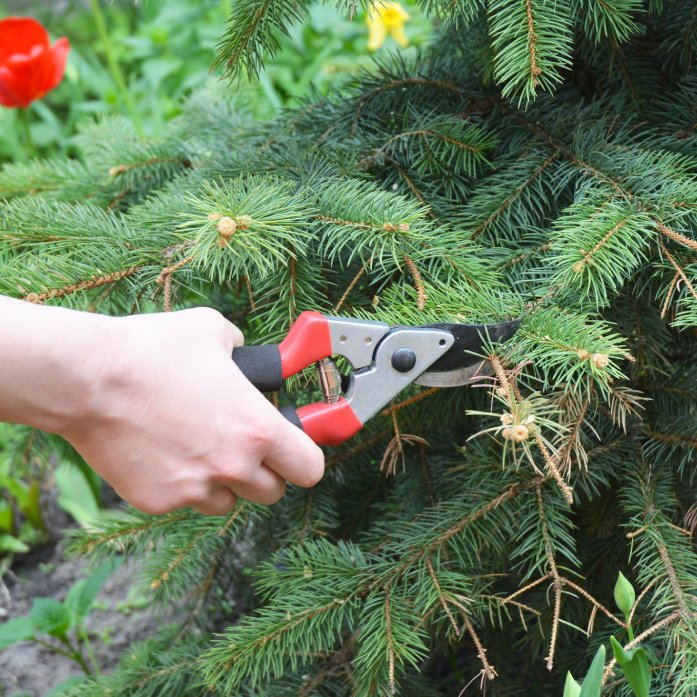 Spruce Pruning Essentials: Best Clipping Care for Healthy Spruce Trees
Spruce Pruning Essentials: Best Clipping Care for Healthy Spruce TreesFor the most part, spruce pruning is not necessary, but it’s good to know how and when to remove damaged branches or control their size.
By Teo Spengler
-
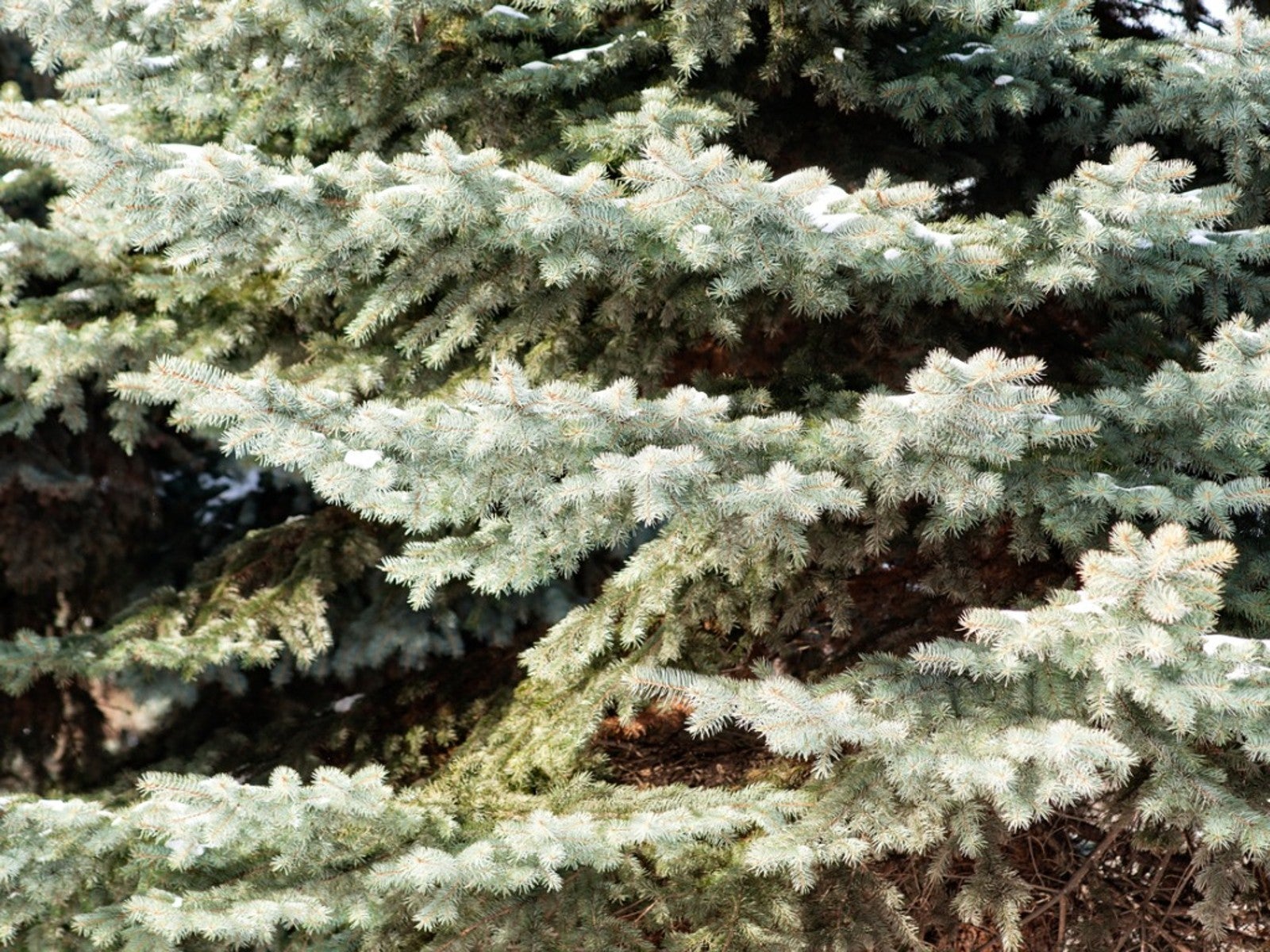 Engelmann Spruce Information – Where Do Engelmann Spruce Grow
Engelmann Spruce Information – Where Do Engelmann Spruce GrowWhere do Engelmann spruce grow? If you live in a cold zone, these trees might just be your neighbors. Click for more Engelmann spruce info.
By Teo Spengler
-
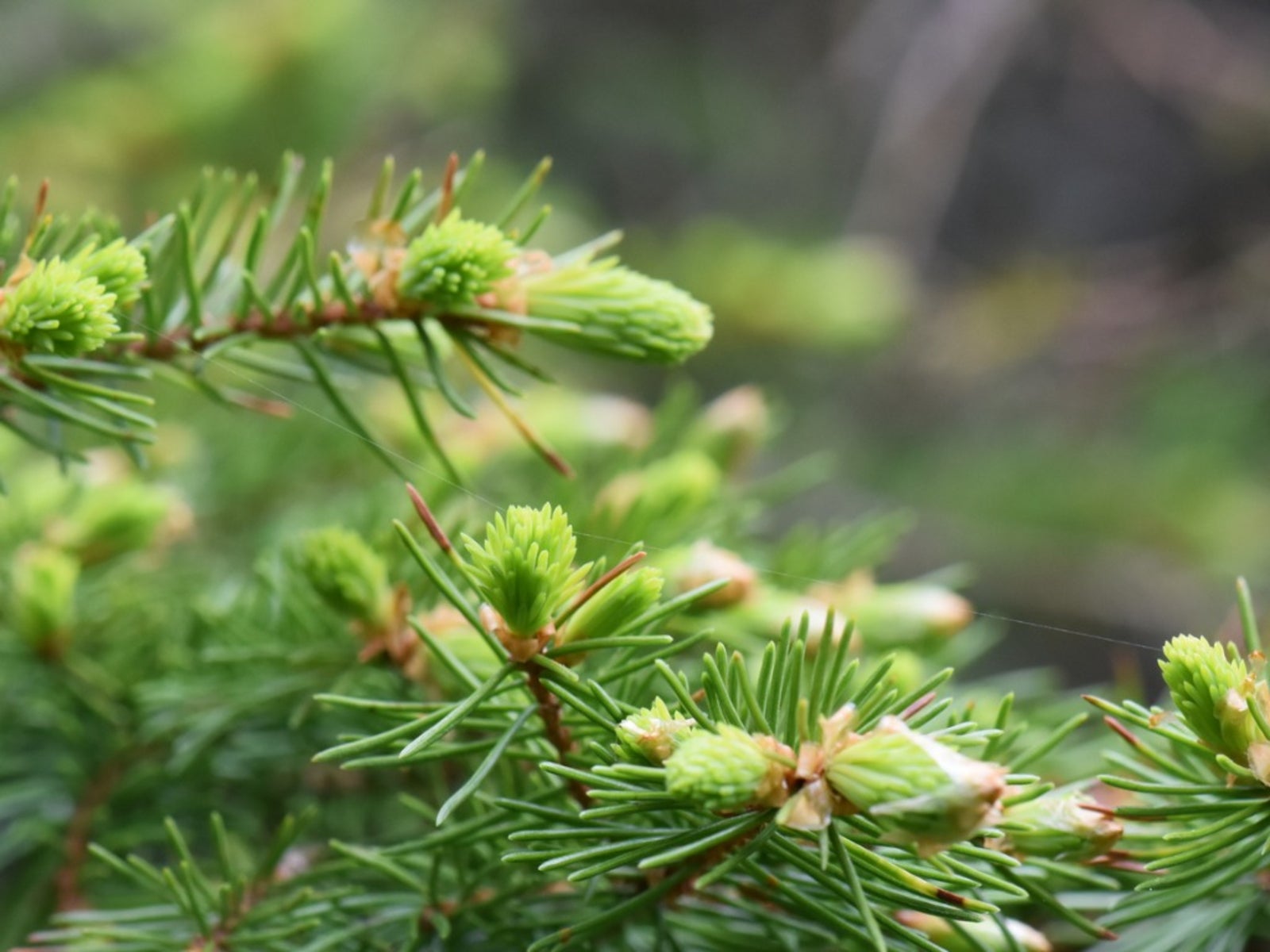 Spruce Needle Rust Control – How To Treat Spruce Needle Rust
Spruce Needle Rust Control – How To Treat Spruce Needle RustAre needles on the ends of spruce branches turning yellow, with the bottom branches most severely affected? It could be spruce needle rust symptoms. What is spruce needle rust, you ask? Click this article to learn more and discover how to treat spruce needle rust.
By Shelley Pierce
-
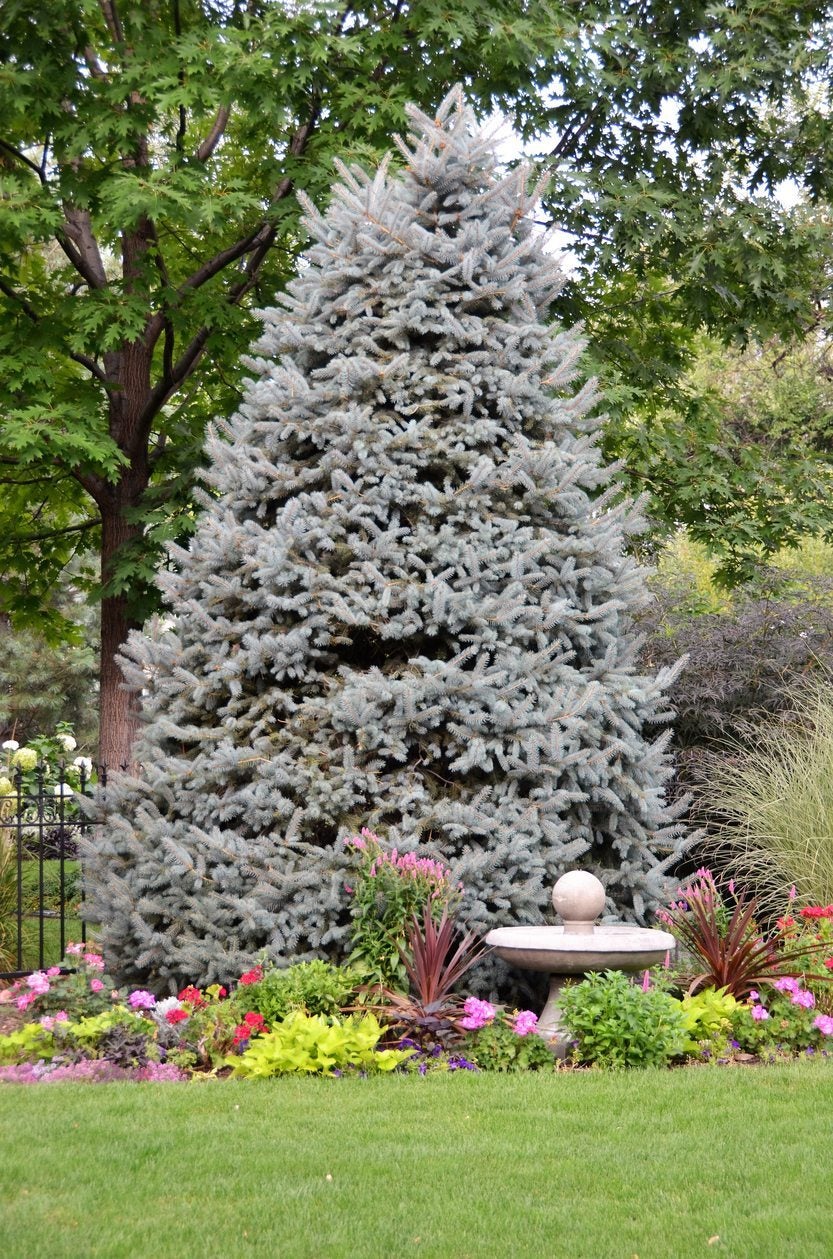 Blue Wonder Spruce Info: Tips For Growing Blue Wonder Spruce Trees
Blue Wonder Spruce Info: Tips For Growing Blue Wonder Spruce TreesBlue Wonder spruce trees are great additions to formal gardens or as container plants. These small, conical-shaped evergreens are prized for their shape and for the beautiful, blue-gray color of their needles. Learn more about them in this article.
By Mary Ellen Ellis
-
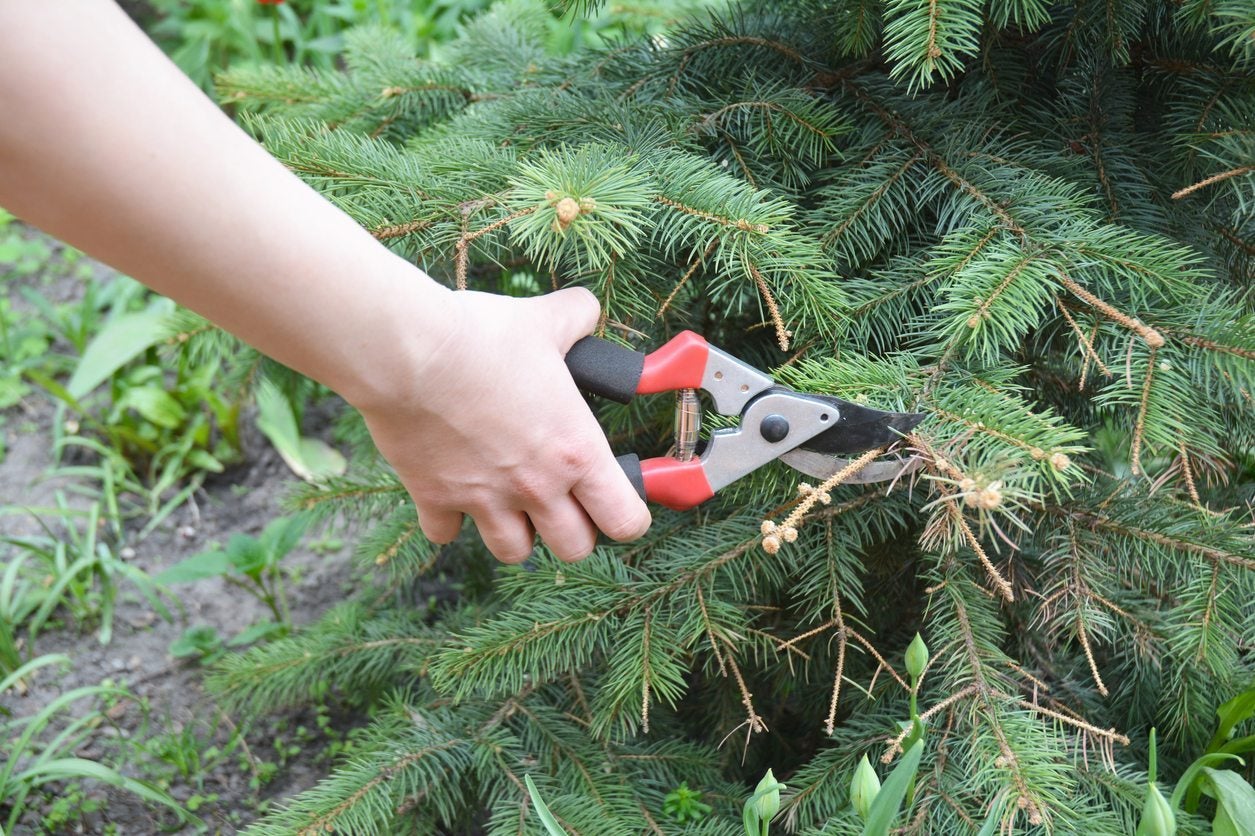 Cutting Back Dwarf Spruce: How To Prune Dwarf Spruce Trees
Cutting Back Dwarf Spruce: How To Prune Dwarf Spruce TreesDwarf spruce trees, despite their name, do not stay especially small. Whether you're looking to cut back a large dwarf spruce or just keep one nicely shaped, you need to do a little bit of dwarf spruce pruning. Learn more about how to prune dwarf spruce trees in this article.
By Liz Baessler
-
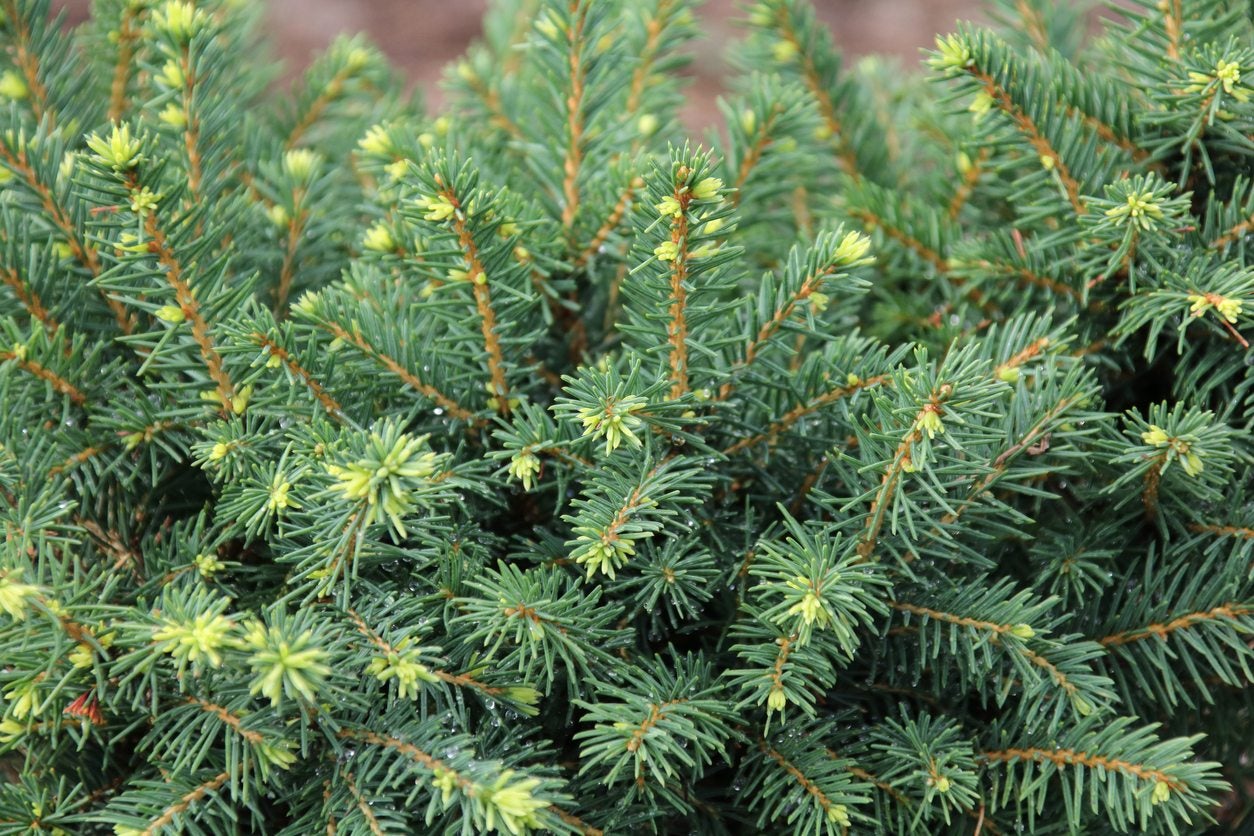 White Spruce Info: Learn About White Spruce Tree Uses And Care
White Spruce Info: Learn About White Spruce Tree Uses And CareThe white spruce is one of the most popular Christmas tree choices. It's very hardy and easy to grow. Click on the following article to learn more white spruce information, including tips on growing white spruce trees and white spruce tree uses.
By Liz Baessler
-
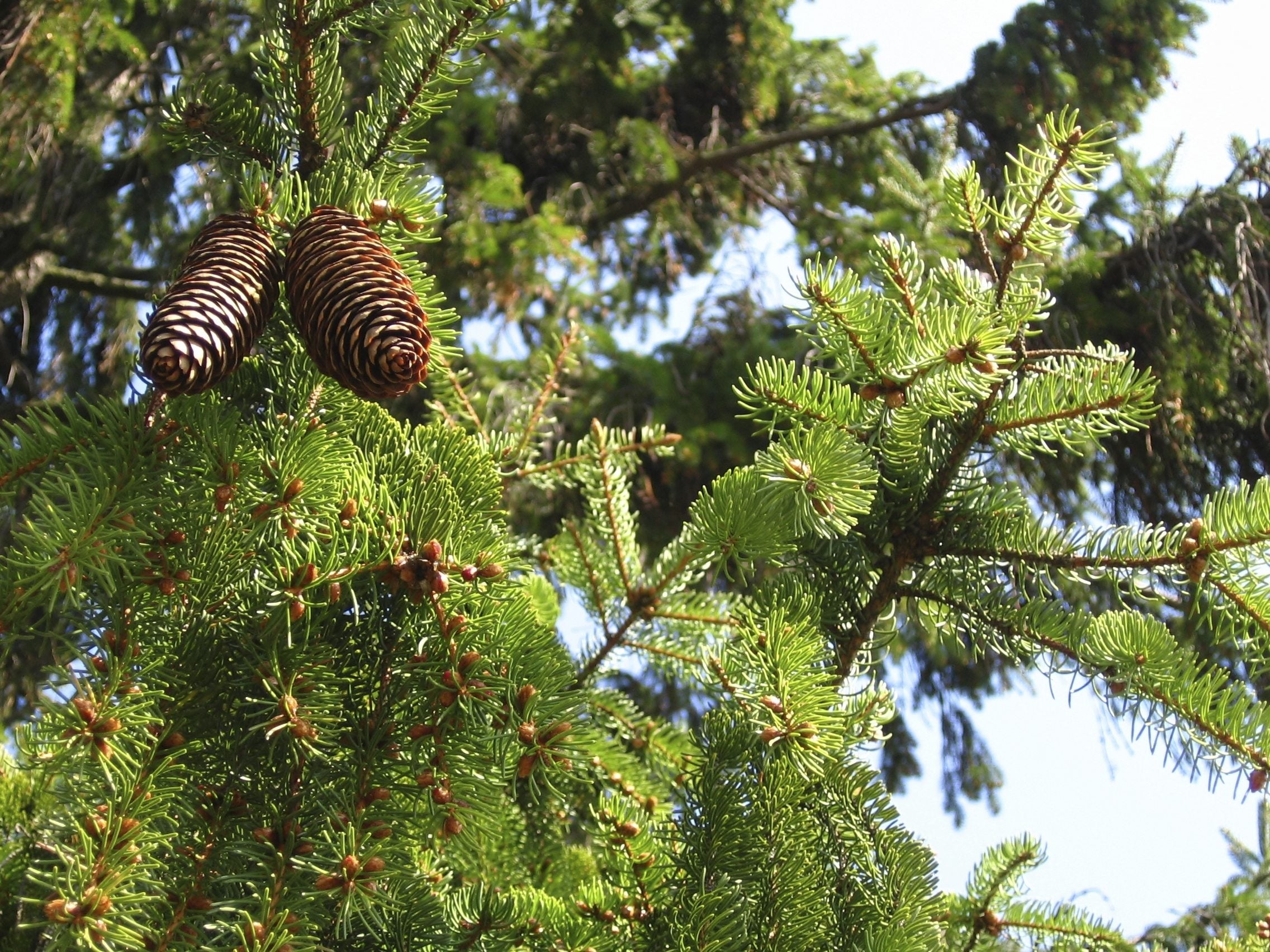 Norway Spruce Tree Info: Care Of Norway Spruce Trees
Norway Spruce Tree Info: Care Of Norway Spruce TreesNorway spruce is a tough conifer that makes for an easy-care landscape tree. It is also planted extensively for forest restoration and windbreaks. Planting a Norway spruce is easy and this article will help with its care.
By Teo Spengler